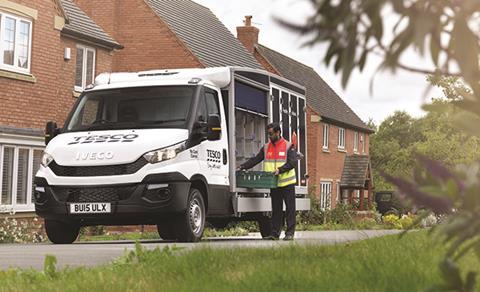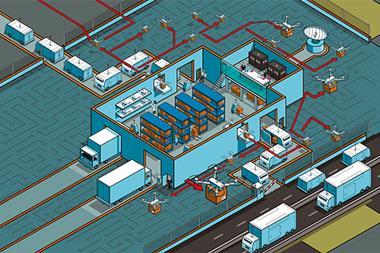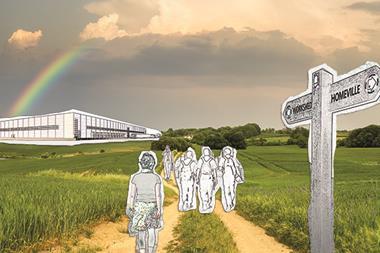Speed or convenience? Which is more important to you and your family as shopping habits rapidly change? The answer probably varies between generations (it does in my house) but the Queen line “I want it all and I want it now” does seem apt.

Working out whether speed or convenience will become more important to Britain’s consumers will be one of the biggest conundrums facing retailers in the next five years.
And because dramatic changes to retailers’ supply chains are driving SEGRO’s growth, we have to be alive to those patterns too.
However, whichever way it goes, it’s difficult to avoid two conclusions: first that urban logistics facilities close to homes, collection points and smaller-format high-street stores will be required; and secondly, we’re going to need more of them.
For retailers at the sharp end of the speed or convenience debate, there are big bets to make. In the past eight weeks, the discussion has been heating up.
Sainsbury’s announced last month that following a trial in Wandsworth it is to launch its Chop Chop app in central London, enabling cycle deliveries of up to 20 items within an hour. The service will operate from Sainsbury’s Pimlico store, with customers paying via the app and tracking the order as the delivery cyclist nears their home.
Also last month, as the grocery battle intensified, Tesco reversed its delivery charge policy and scrapped minimum-order charges, introducing free next-day delivery across its Tesco Direct range until the end of the year.

Other retailers, however, are studying hard whether speed (at no cost or minimal cost) is everything in the great ecommerce debate. With digital sales now representing 35.5% of its total merchandise sales (compared with 30.6% in 2015), John Lewis is perhaps the UK’s most successful online retailer.
It has identified the ‘master shopper’ who combines channels as the ultimate modern consumer. In its highly regarded 2015 report, How We Shop, Live and Look, John Lewis says: “With all these options creating a more flexible journey, shopping today is less about ‘I need it now’ and more about ‘I need it how, when and where I want’.”
This is backed up by other recent research that shows consumers are prepared to pay up to six times more for a delivery option that is truly convenient for them - ie, that saves them time and does not involve a click & collect trip.
Capitalise on the trend
New Look and Asos are already capitalising on this trend through their ‘Precise’ delivery service from DPD, which allows online shoppers full control of their next-day deliveries.
However, a by-product could be cities becoming clogged with delivery vehicles and bicycle couriers. To alleviate the pressure, an interesting initiative from London’s Southwark, Croydon, Lambeth and Wandsworth councils is the launch of Low Emission Logistics, a new partnership aiming to reduce pollution emissions from delivery vehicles.
Heathrow Airport already operates a consolidation centre where companies put aside competitive differences and, due to limited time and space, arrange for collective deliveries to be made.

In a similar vein, Low Emission Logistics also encourages businesses to work collaboratively to share suppliers and, in particular, to use local ones. The partnership is also expected to examine the case for a consolidation centre along the lines of Heathrow’s.
For warehouse property, whether the speed or the convenience wins is immaterial - retailers will still need to rethink what they do. What is clear is that ‘urban logistics’ within city boundaries will be much in demand to help satisfy profound changes in the way we shop.
Andy Gulliford is chief operating officer at SEGRO






























No comments yet